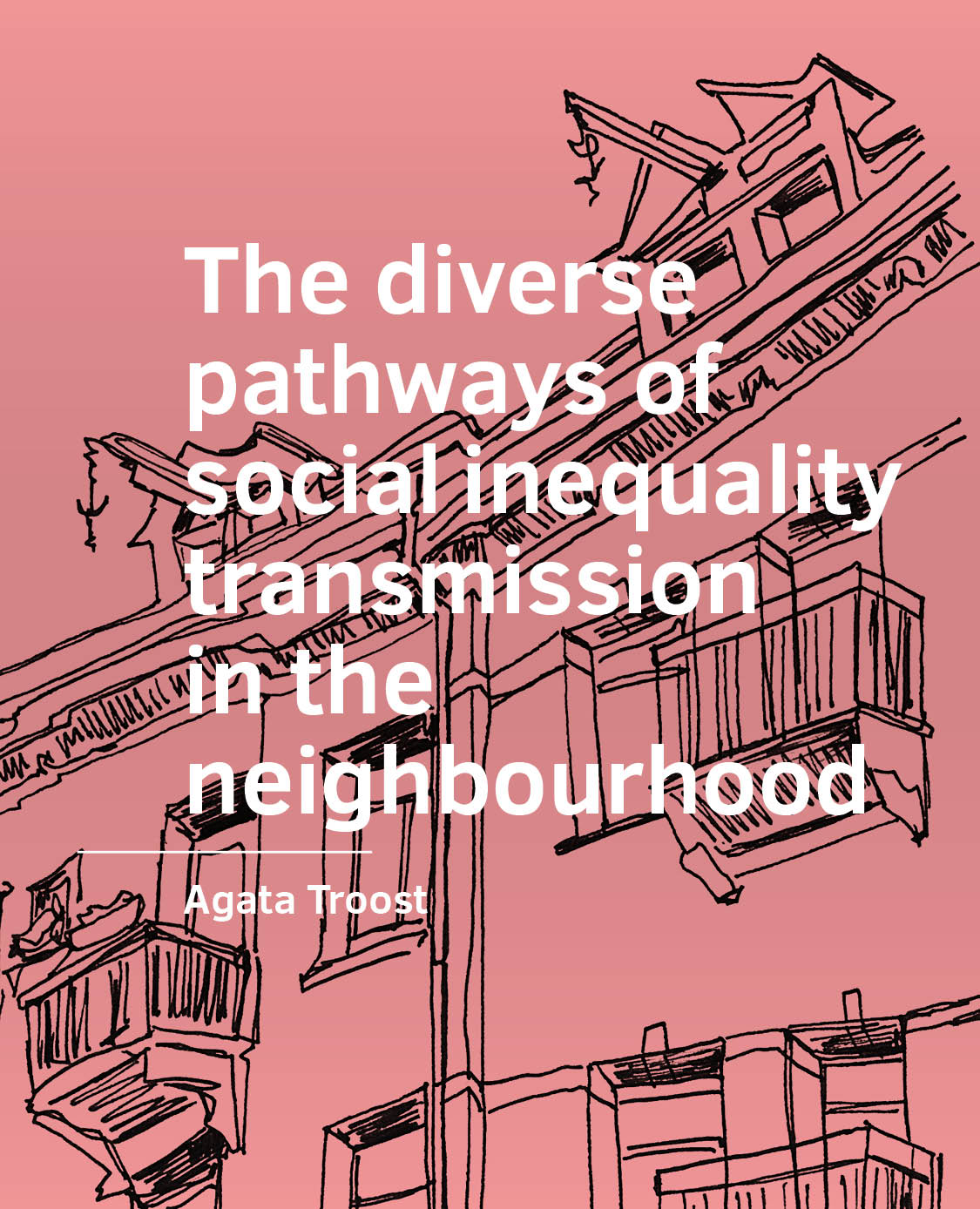The diverse pathways of social inequality transmission in the neighbourhood
DOI:
https://doi.org/10.7480/abe.2023.10.7053Abstract
This PhD thesis aims to move beyond the standard treatments of neighbourhoods in research on spatially transmitted inequality. The research questions explored in the four empirical chapters of the thesis delve into under-researched elements of sociospatial inequality transmission in neighbourhoods. The thesis uses statistical models to analyse register and survey data, and relies on different operationalisations of neighbourhoods: administrative and bespoke. Chapter 2 finds that controlling for selection reduces neighbourhood effects compared to when only individual characteristics are controlled for, and provides insight into the differing patterns of neighbourhood selection and effects in Dutch regional housing markets. Chapter 3 shows that the strength of the observed relationship between neighbourhood poverty and educational attainment is dependent on how exposure is measured and conceptualized, and highlights the importance of choosing the temporal aspects of individual neighbourhood histories based on the theoretical scope of a study. Chapter 4 finds that in the Netherlands, the positive effect of neighbourhood affluence on educational attainment is stronger than the negative effect of neighbourhood poverty. Chapter 5 addresses the discrepancy between the registered data-based measurements of neighbourhood characteristics, specifically the share of neighbours with foreign background and low income, and the individual perceptions of those characteristics by the inhabitants of the neighbourhood. The findings of the thesis confirm the validity of treating the neighbourhood as a social setting that interacts with the micro and macro contexts, rather than simply as an aggregated characteristic which can be controlled for.


